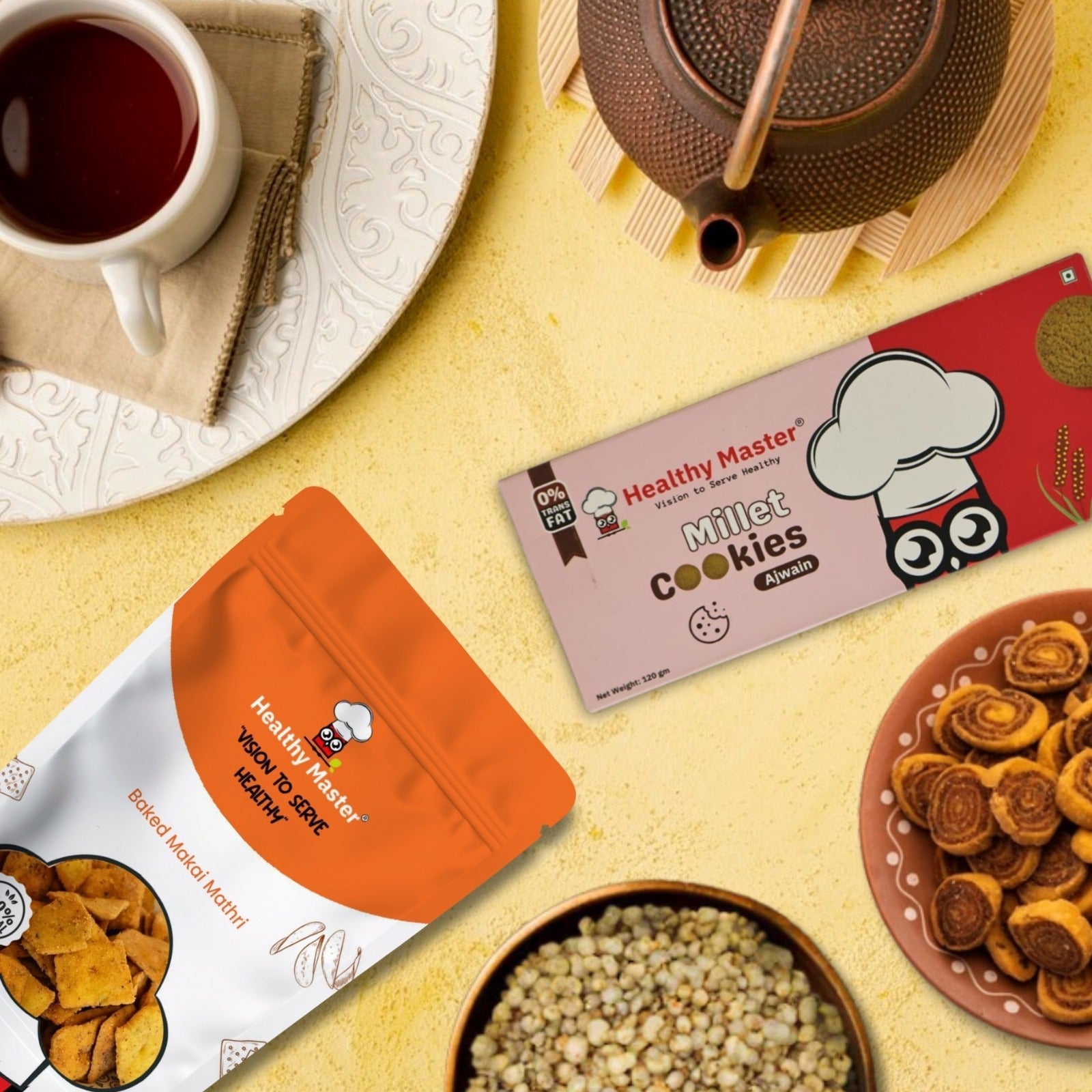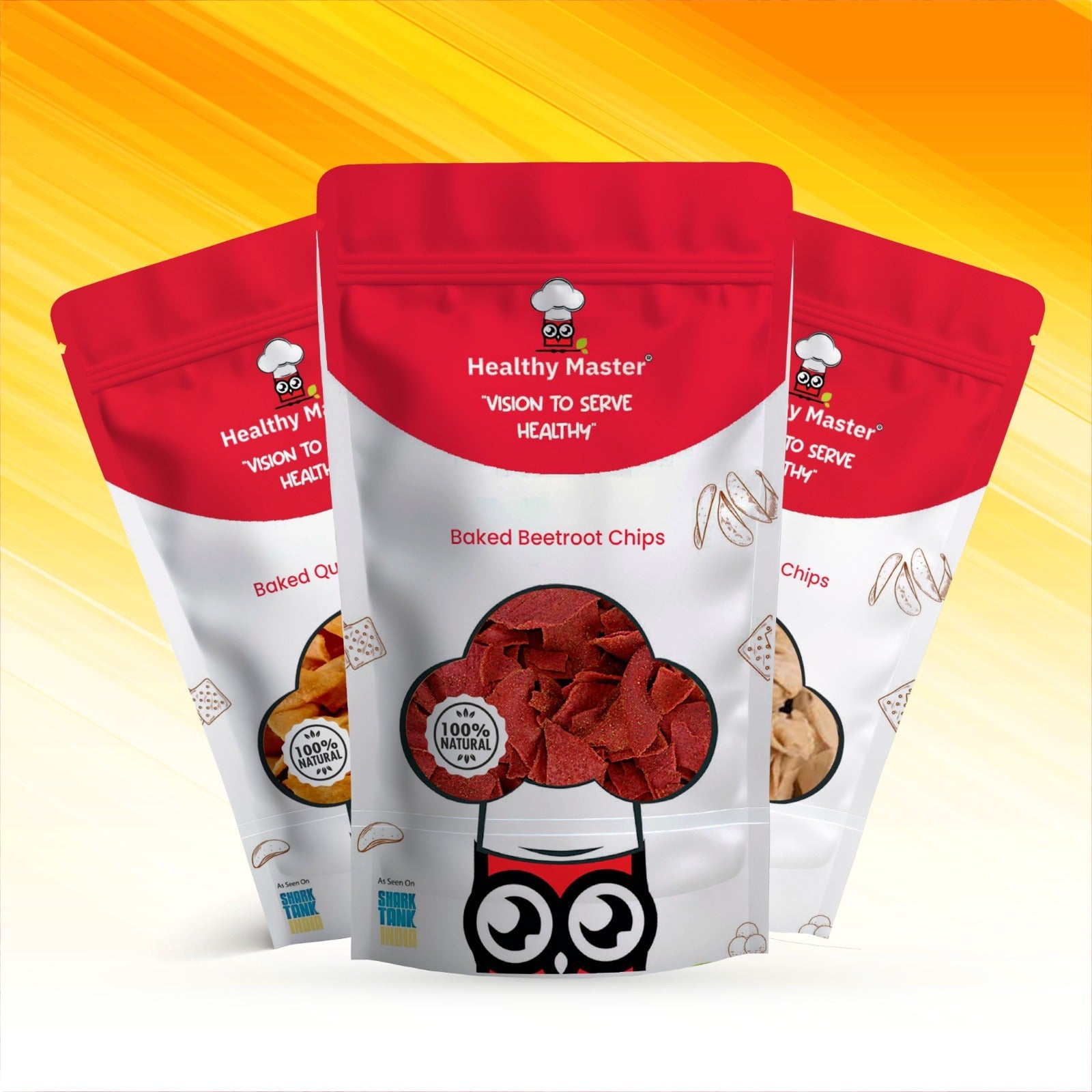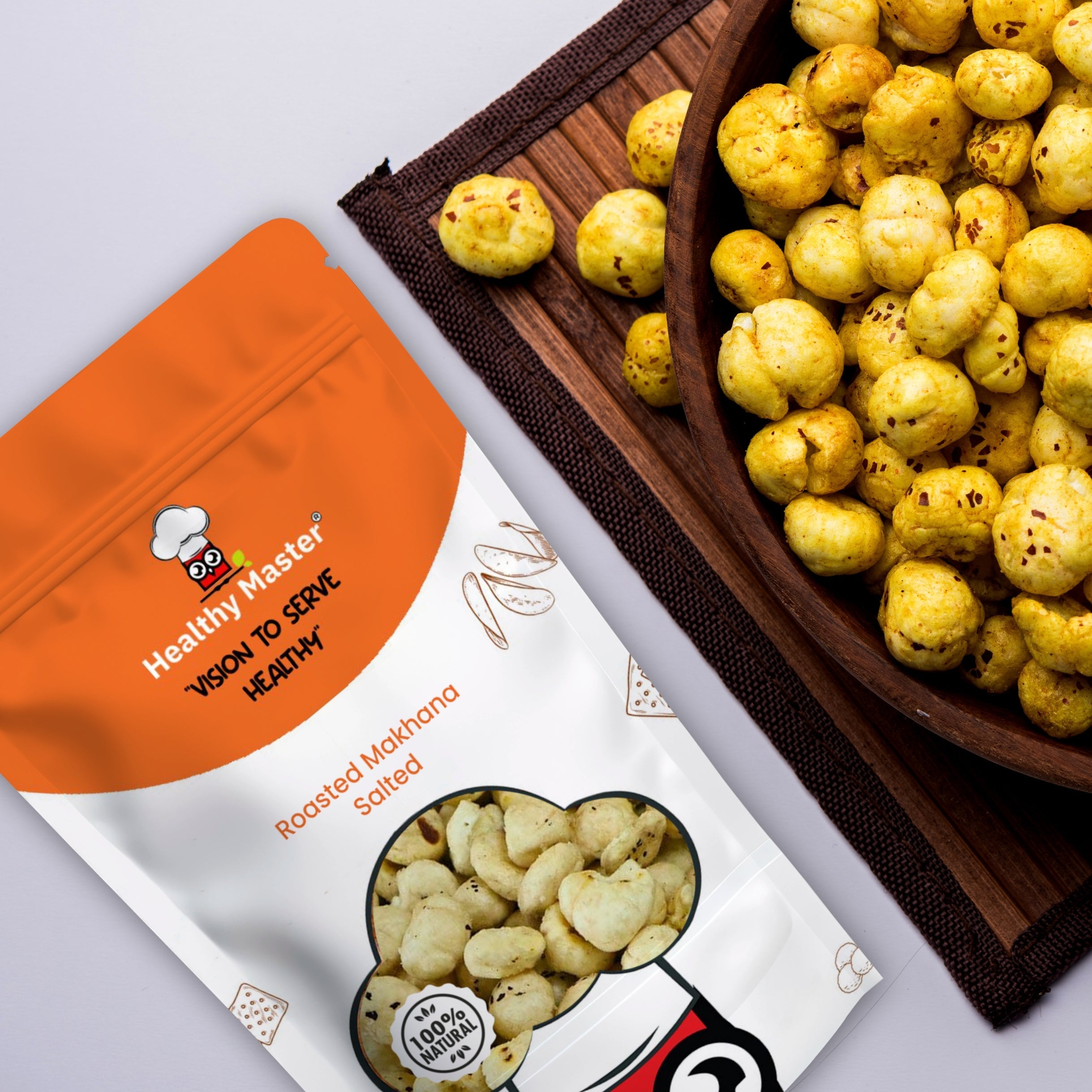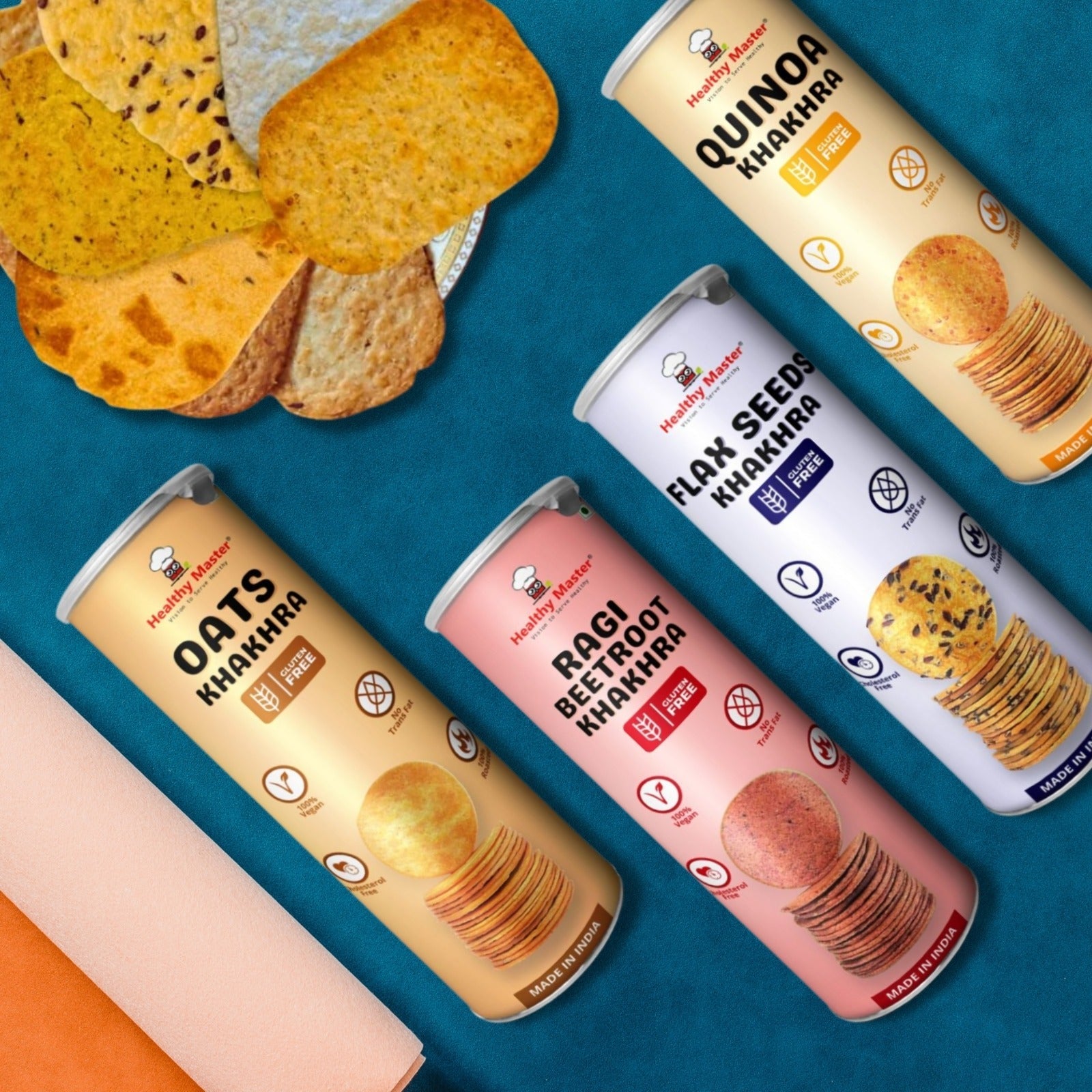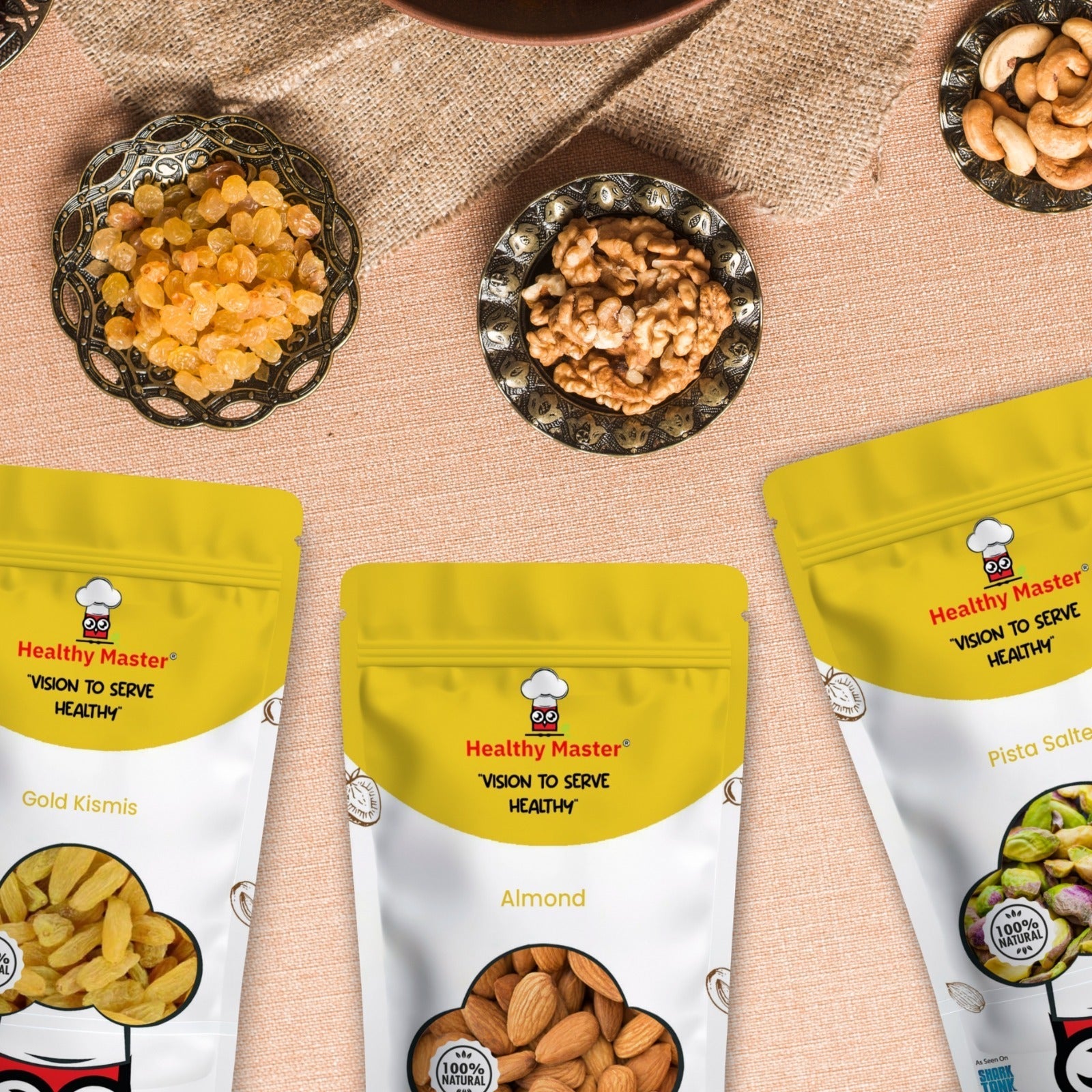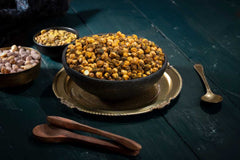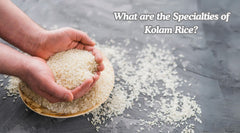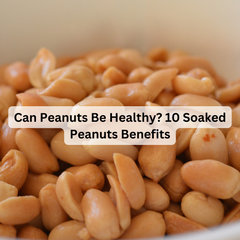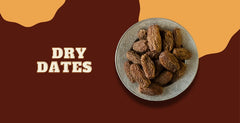What is Maida Parotta?
Maida Parotta is a popular South Indian flatbread made from refined all-purpose flour, commonly known as maida. Known for its soft, layered, and flaky texture, it’s often prepared with generous amounts of oil or ghee, which enhances its taste and makes it a street food favorite. You’ll frequently find it served in restaurants and roadside stalls, paired with curries, salna, or kurma.
However, from a nutritional perspective, maida parotta is less healthy compared to whole-grain alternatives. The refining process strips away most of the wheat’s fiber, vitamins, and minerals, leaving mainly carbohydrates. On average, 1 parotta calories range between 220–250 calories, depending on the amount of oil or ghee used. That means 2 parotta calories could go beyond 500, and 3 parotta calories might exceed 750, making portion control important if you’re watching your diet.
When discussing maida parotta vs wheat parotta, one of the main differences is that maida tends to cause quicker spikes in blood sugar and provides fewer nutrients. This makes it less ideal for those asking, “Is parotta good for health?”, especially if consumed regularly.
What is Wheat Parotta?
Wheat Parotta is a healthier version of the regular parotta, which is prepared using whole wheat flour (atta). While its maida version discards the bran and germ part of the wheat grain, the wheat parotta contains these, providing greater fiber, vitamins, and minerals. Wheat parotta tends to be denser in texture and also slightly less flaky, but it still provides an adequate taste, particularly when combined with rich curries.
Since whole wheat flour is digested slowly, it gives long-lasting energy and keeps you satiated for a longer time. Wheat parotta calories are generally lower compared to maida parotta, with 1 parotta calories ranging about 150–180, depending on the size and the way they are prepared. This can make quite an impact for those who are on a calorie-counting diet, particularly when consuming 2 parotta calories or more in a single serving.
With additional fiber and nutrients, wheat parotta has become a hit in health-focused kitchens. In the comparison of maida parotta and wheat parotta, wheat parotta is the healthier option for a combination of taste and nutrition.
Nutritional Profile
The primary nutritional difference between maida and wheat parotta lies in their ingredients. As mentioned above, maida is a highly refined flour of wheat. The parottas made using maida are high in carbohydrates and low in fiber. A normal serving of maida parotta includes:
|
Calories |
- 250 - 300 per parotta |
|
Carbohydrates |
- 40 - 50 gms |
|
Fat |
- 10 - 15 gms |
|
Protein |
- 4 - 6 gms |
|
Fiber |
- 1 - 2 gms |
Wheat Parotta: Made using wheat flour, the wheat parottas offer a more balanced nutrition profile. A normal serving of wheat parotta includes:
|
Calories |
- 200 - 250 gms per parotta |
|
Carbohydrates |
- 30 - 40 gms |
|
Fat |
- 8 - 12 gms |
|
Protein |
- 5 - 7 gms |
|
Fiber |
- 3 - 5 gms |
Comparison of 1 Parotta Calories vs 2 Parotta Calories vs 3 Parotta Calories
|
Type of Parotta |
1 Parotta Calories |
2 Parotta Calories |
3 Parotta Calories |
|
Maida Parotta |
~220–250 |
~440–500 |
~660–750 |
|
Wheat Parotta |
~150–180 |
~300–360 |
~450–540 |
Key Insights:
-
Maida parotta calories are significantly higher due to refined flour and more oil/ghee.
-
Wheat parotta calories are lower, with added fiber and nutrients, making it a better option in the maida parotta vs wheat parotta choice.
-
Even with wheat, eating 2 parotta calories or 3 parotta calories in one meal can be high, so portion control is essential.
Origin and Cultural Significance
Parotta, which is also known as paratha in Northern Parts of India, has its roots tracing back to the Indian subcontinent. Today, it has become a staple food in many South Indian households, which is often enjoyed with curries and gravies. Maida parotta has become a favourite dish for many generations. This is mainly because of its rich taste and flaky texture. However, as people have started to give more importance to their health and nutrition, wheat parotta is gaining popularity as a healthy alternative.
Unlike maida parotta, which does not have any nutrients, wheat parotta is packed with fiber, which makes it a healthier option. The fiber content in wheat parotta helps in digestion, contributes to heart health, and regulates blood sugar levels.
Health Implication
Understanding the health implications of maida and wheat parottas will help you to make informed decisions. Below mentioned are some of the health effects of maida and wheat parottas on different areas of your health:
-
Digestive Health:
Maida lacks the germ and bran found in whole wheat, which is very important for digestive health. The low fiber content in wheat flour may also lead to digestive issues like constipation and bloating. On the other hand, wheat parotta has high fiber content, which ensures better digestive health.
-
Blood Sugar Levels:
Maida also has a high glycemic index. Therefore, they are not suitable for people with diabetes. Having maida parotta when you are diabetic may cause rapid spikes in blood sugar levels. On the other hand, wheat parotta has a low glycemic index, which leads to stable blood sugar levels. Therefore, if you are diabetic, it is very important to avoid maida from your diet patterns.
-
Heart Health:
As maida is highly refined, it is stripped of most nutrients, which include heart-healthy fibers and vitamins. Therefore, regular consumption of maida dishes may lead to different cardiovascular issues. On the other hand, when you are choosing whole wheat flour, you can benefit from its rich dietary fiber and essential nutrients. It supports heart health and also reduces the risk of heart disease.
-
Weight Management:
Maida parottas have empty calories, which means they can contribute to weight gain. On the other hand, maida parottas also take more time to digest when compared to other foods. As wheat parottas have high fiber content, they promote satiety and help with weight management. This makes you feel full for a longer time and also avoid munching on unhealthy and junk foods when those cravings hit.
Which Parotta is Best for Weight Loss?
In a comparison of maida parotta and wheat parotta, the winner for weight loss is by far wheat parotta. Why? Simple, wheat parotta has fewer calories and more dietary fiber, making you full for longer. On average, 1 parotta calorie prepared using wheat is approximately 150–180, whereas maida parotta calories have a limit of 220–250. This calorie gap becomes more noticeable when you eat 2 parotta calories or 3 parotta calories in one sitting.
Aside from calories, the flour used is a big consideration. Maida is processed, fiber- and nutrient-free, and can rapidly increase blood sugar levels, causing hunger sooner. Wheat takes longer to digest, delivering consistent energy and improved appetite management, making it the healthier option for the question, "Is parotta good for health?"
All the same, even with wheat parotta, portion control must be exercised. Munching on several parottas in one sitting can still contribute to substantial calories, which could derail weight loss efforts. Paired with vegetables, lentils, or lean protein, it can become a more balanced meal.
Healthy Alternatives to Traditional Parotta
If the maida parotta vs wheat parotta option isn't the way you're inclined to go, healthier alternatives can be made at home. These alternatives are not only lower in calories, more in fibre, and rich in nutrients—something weight watchers would love:
-
Multigrain Parotta – Mixes wheat with flours such as bajra, jowar, and ragi to make the parotta healthier and tastier.
-
Millet Parotta (Ragi, Jowar) – High in calcium, iron, and slow-digesting carbohydrates, millets make parottas wholesome and satisfying.
-
Oats Parotta – Rich in soluble fiber, controls cholesterol, and makes you feel full for a longer time.
-
Methi or Spinach Wheat Parotta – Introduces leafy vegetables for added vitamins, minerals, and antioxidants.
How to make these at home:
Just substitute all or some of the wheat flour in your normal parotta dough with multigrain, millet, or oats flour. Add some chopped methi, spinach, or other greens for added nutrition. Use less oil or ghee for cooking to make the calorie content lower.
These alternatives not only decrease the total 1 parotta calories but also turn the dish into a healthier one, so that you can have parotta guilt-free, even when on a weight loss path.
Conclusion
Most of the Western countries use maida or wheat flour in most of their breads and other dishes. However, balance is the key. Most Indians prefer eating heavy and thick gravies with parottas. However, this is not the case in Western countries. They include different types of vegetables along with the maida-based dishes. This makes a huge difference. The fiber content in the vegetables helps to digest the maida. Therefore, when you are consuming maida parotta, it is important to keep the portion size in mind to avoid any health or digestive issues.
On the other hand, when it comes to wheat parotta, you can consume it regularly without worrying about its impact on your health. As they are rich in fiber and keep your health in check, you can include them as a staple food.
Finding Nutritious Snacks for Good Health
When it comes to leading a healthy life, it is very important to be conscious about the foods you put in your body. The same applies even when you are choosing snacks. Although most people succeed in choosing the right type of foods for their diet, when it comes to snacks, they are not able to find the right options. However, you do not have to worry as a Healthy Master is here to the rescue. The brand is offering some of the most nutritious snacks.
You will find a huge selection of nutritious snacks provided in the store, from which you can choose the best for your dietary preferences and health goals. As there is a huge selection of snacks from baked chips to flavored nuts, it will be easy for you to choose the best for your taste preferences. You will also find different types of combos and trial mixes provided by the brand, which will help you taste different snacks and choose the best for your needs.
Frequently Asked Questions
1. Is wheat parotta healthier than maida parotta?
Yes. Wheat parotta is healthier than maida parotta because it has more fiber, nutrients, and fewer calories. It also causes slower blood sugar spikes.
2. Can I eat maida parotta occasionally?
Yes, you can have maida parotta occasionally, but limit it to small portions. Maida parotta calories are higher, and regular intake can impact health.
3. Does wheat parotta help in weight loss?
Yes, wheat parotta can support weight loss when eaten in moderation, as it has fewer calories than maida and keeps you fuller for longer.
4. Can children eat wheat parotta?
Yes. Wheat parotta is a better choice for kids compared to maida parotta, as it provides fiber, vitamins, and minerals for growth.
5. Which flour is best for making healthy parotta?
Whole wheat flour, multigrain flour, or millet flours (ragi, jowar) are the best choices for making a healthy parotta with balanced nutrition.
6. Why is maida considered unhealthy?
Maida is considered unhealthy because it is refined, low in fiber, and high in simple carbs. It can cause quick blood sugar spikes and contribute to weight gain if eaten often.
 Deal of the week : Trial Snack Box - 18 Wholesome Delights Just at ₹ 899.00
Deal of the week : Trial Snack Box - 18 Wholesome Delights Just at ₹ 899.00


